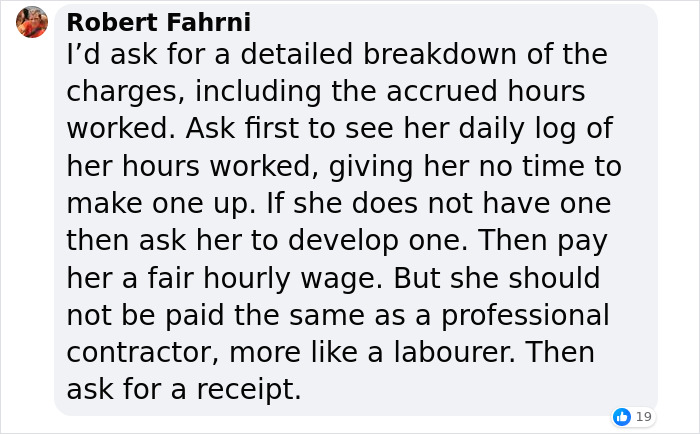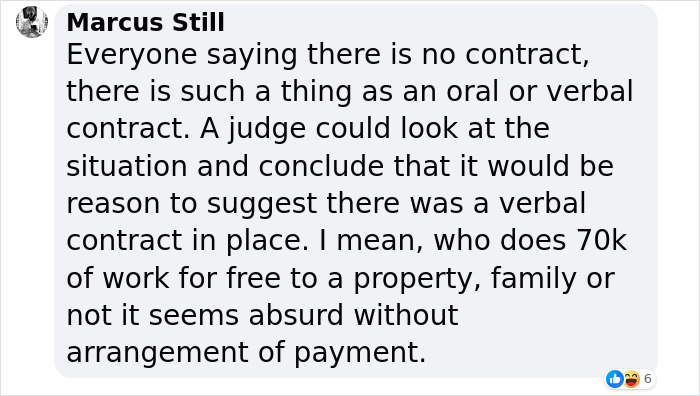Fixing something as minor as a broken tile can prove to be time-consuming and more costly than expected, let alone redoing an entire house.
The latter is what this netizen was planning on doing when her aunt—a fan of renovation projects on TV—showed interest in taking it upon herself. Her effort resulted in a renovated house and one large bill, taking the OP by surprise, and eventually tearing her between paying up a rather cosmic amount or ruining the relationship with her aunt. Scroll down to find the full story, as it was shared with Slate’s money advice column, ‘Pay Dirt’.
Choosing amateurs over professionals is not always the best, nor the cheapest option
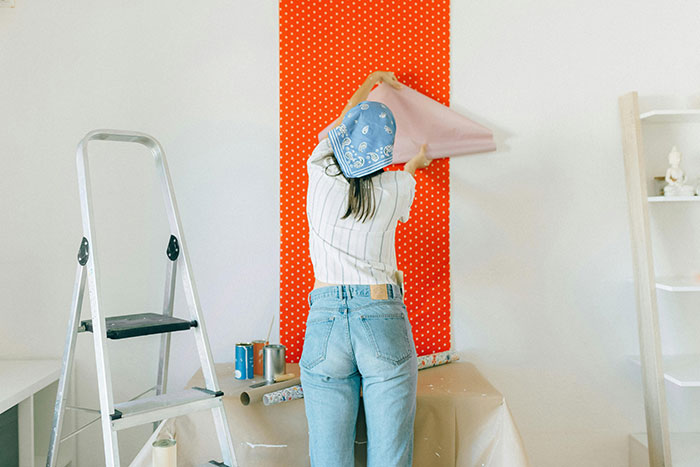
Image credits: Nataliya Vaitkevich (not the actual image)
This person’s aunt wanted to help with their home renovation, the help resulted in a jaw-dropping lump sum

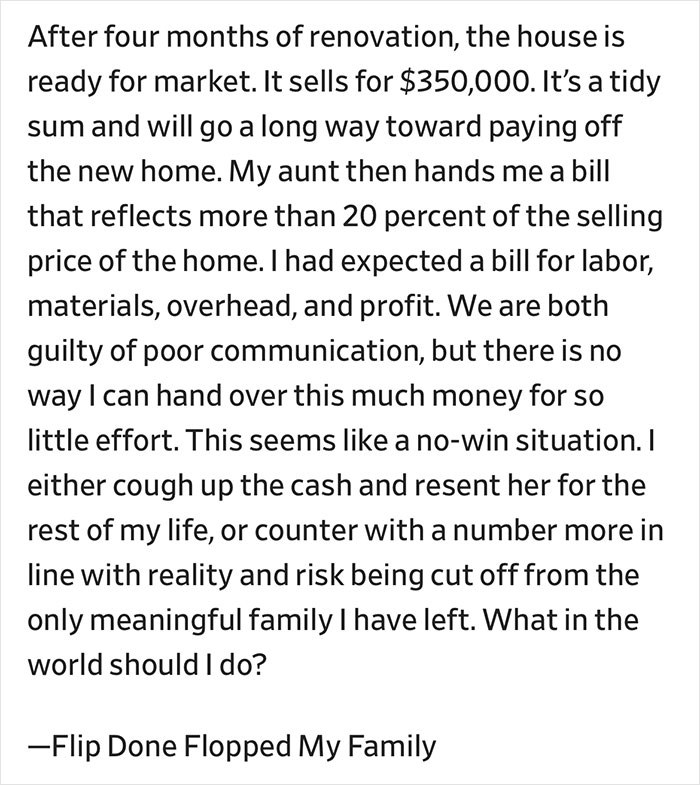

Image credits: Mikhail Nilov (not the actual image)
The OP received advice on how best to approach the situation

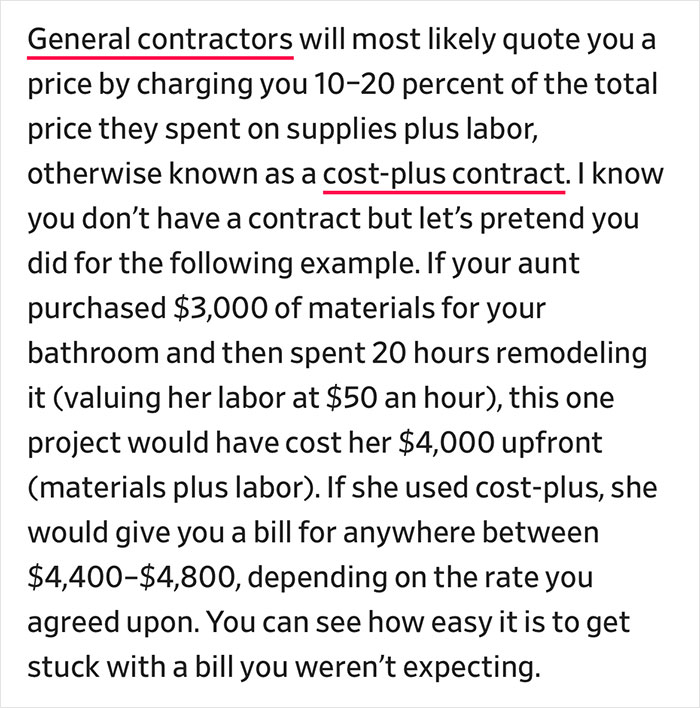

Image credits: Karolina Grabowska (not the actual image)



Image credits: Karolina Grabowska (not the actual image)
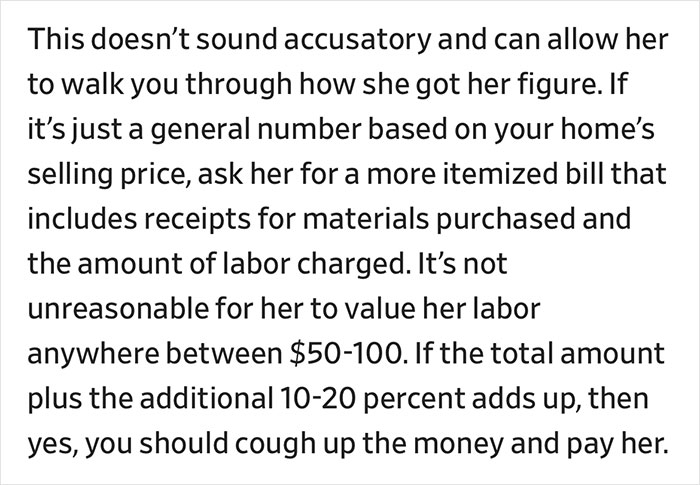

Image credits: slate.com
Home renovation tends to be a rather strong blow to the wallet
Home renovation is an arduous process, which typically requires hours and hours of hard work and all sorts of—and often, large quantities of—materials, both of which are not cheap nowadays. Personal Finance by TIME Stamped suggested that now, in 2024, a light renovation might cost you roughly $10-$60 per square foot, while mid-range and extensive renovations would likely call for $100-$250 and $120-$275 per square foot respectively.
Houzz’s overview of home renovation activity in the US in 2021 and 2022 revealed that in 2021, such activity and spending related to it reached the highest rates since 2018. During that year, more than half of the country’s homeowners spruced up their homes (55% of them, to be exact, versus 53% in 2020 and 54% in both 2019 and 2018) with the median renovation cost standing at roughly $18,000.
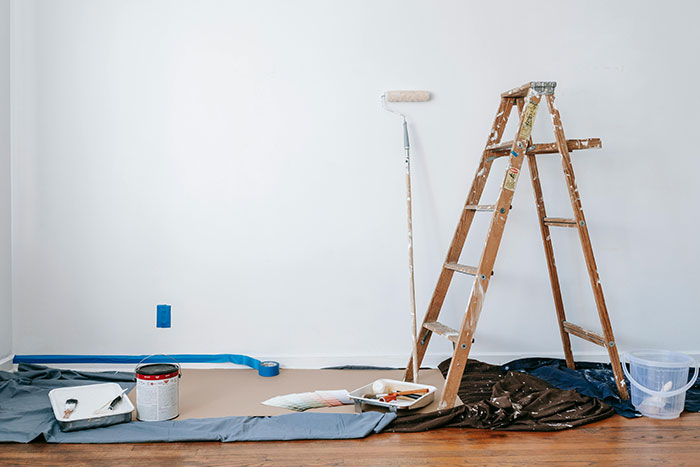
Image credits: Blue Bird (not the actual image)
Sometimes choosing the more expensive option can prove to be more cost-efficient in the long run
While renovation costs are clearly not that wallet-friendly, some ways people try to save up might not be either. By turning to individuals with less experience—as the OP’s aunt did—to do the job or opting for cheaper items and materials, people might spend less at that time, but it can end up being more expensive in the long run due to repairs that poor construction work and cheap solutions tend to call for.
“Buying quality items is one of my top ways to save money,” personal finance expert, also known as The Frugal Girl, Kristen Cross told Business Insider, discussing how being cheap can end up costing more.
The Frugal Girl pointed out that this goes for everything, from furniture to paint, and beyond. “Items that are flimsily constructed of particle board won’t last long and will be near impossible to repair, which means you’ll need to buy replacements in fairly short order,” she suggested.
As for the paint, the expert admitted that the lesson on what happens when you buy cheap paint was another thing her family learned the hard way: “We had to paint our cement basement walls, so we thought we’d save money by buying cheap paint, but the coverage was terrible and we had to do multiple coats,” she shared, adding that while cheap paint might seem like a frugal option, it might require more coats—therefore negating any cost savings—as well as more labor.
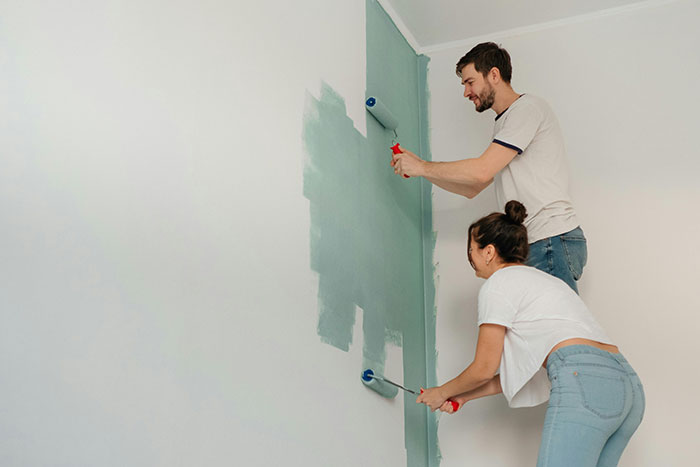
Image credits: Maria Ovchinnikova (not the actual image)
Many people opt for DIY projects to spruce up their homes
While cheaping out on materials—or construction workers—is evidently not always the way to go, some renovation projects can be saved on, as they can be done with your own hands. Though it is a time-consuming process, the hourly rate might drop from tens, if not hundreds, of dollars to chocolates, naps, or other things you treat yourself to after a job well done.
While it’s important to admit that some do it yourself (DIY) projects are not meant to turn out the way one envisioned, with enough time, effort, and patience, beautiful—and cost-friendly—results can be achieved. (But if you’re sure that building things is not for you, hiring professional help is the cheaper way to go).
Roughly three-fourths of homeowners in the US have attempted a DIY project themselves, Ruby Home reports, roughly six-in-ten of them doing it in order to save money. If you think that you wouldn’t know where to start, the majority of those giving DIYs a go seemingly turn to YouTube for instructions and information.
The OP’s aunt likely used renovation projects on TV she seemingly loves as her source of inspiration and information, as she was said to have no actual experience in construction. But whether or not that was the case, her niece didn’t expect her input to amount to such a shocking lump sum.
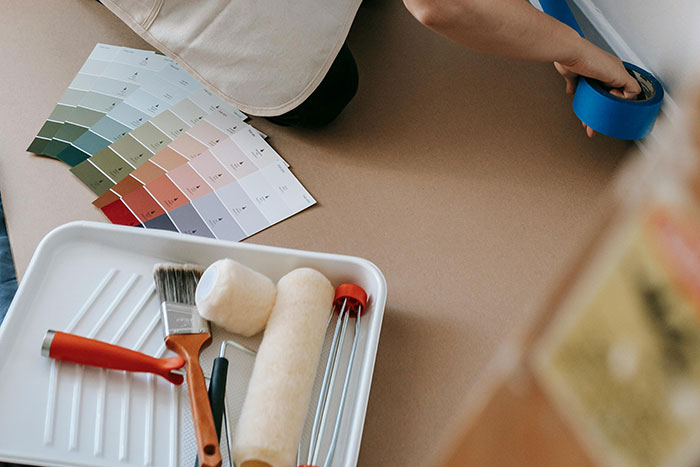
Image credits: Blue Bird (not the actual image)
Fellow netizens shared their thoughts and suggestions online






